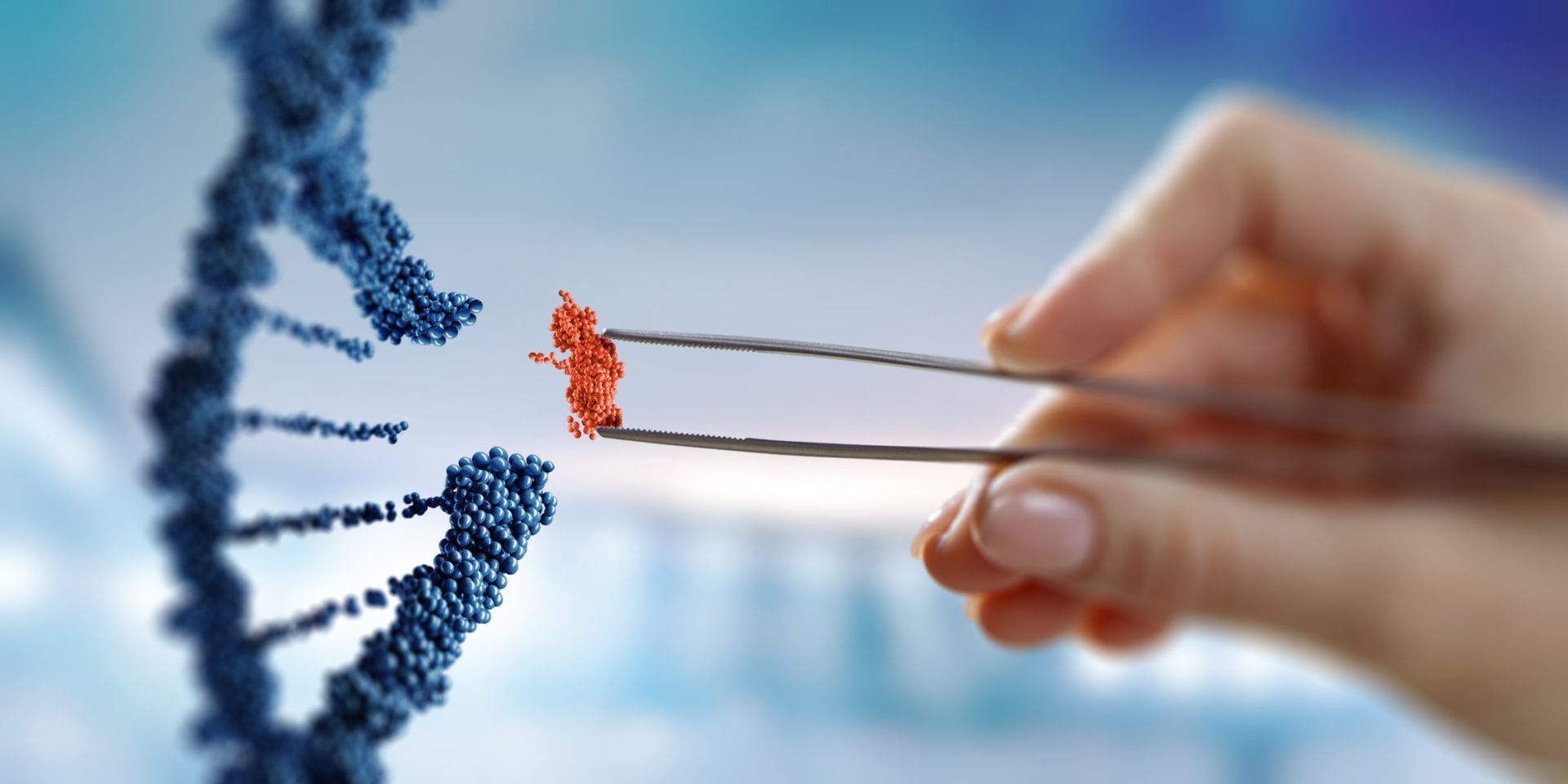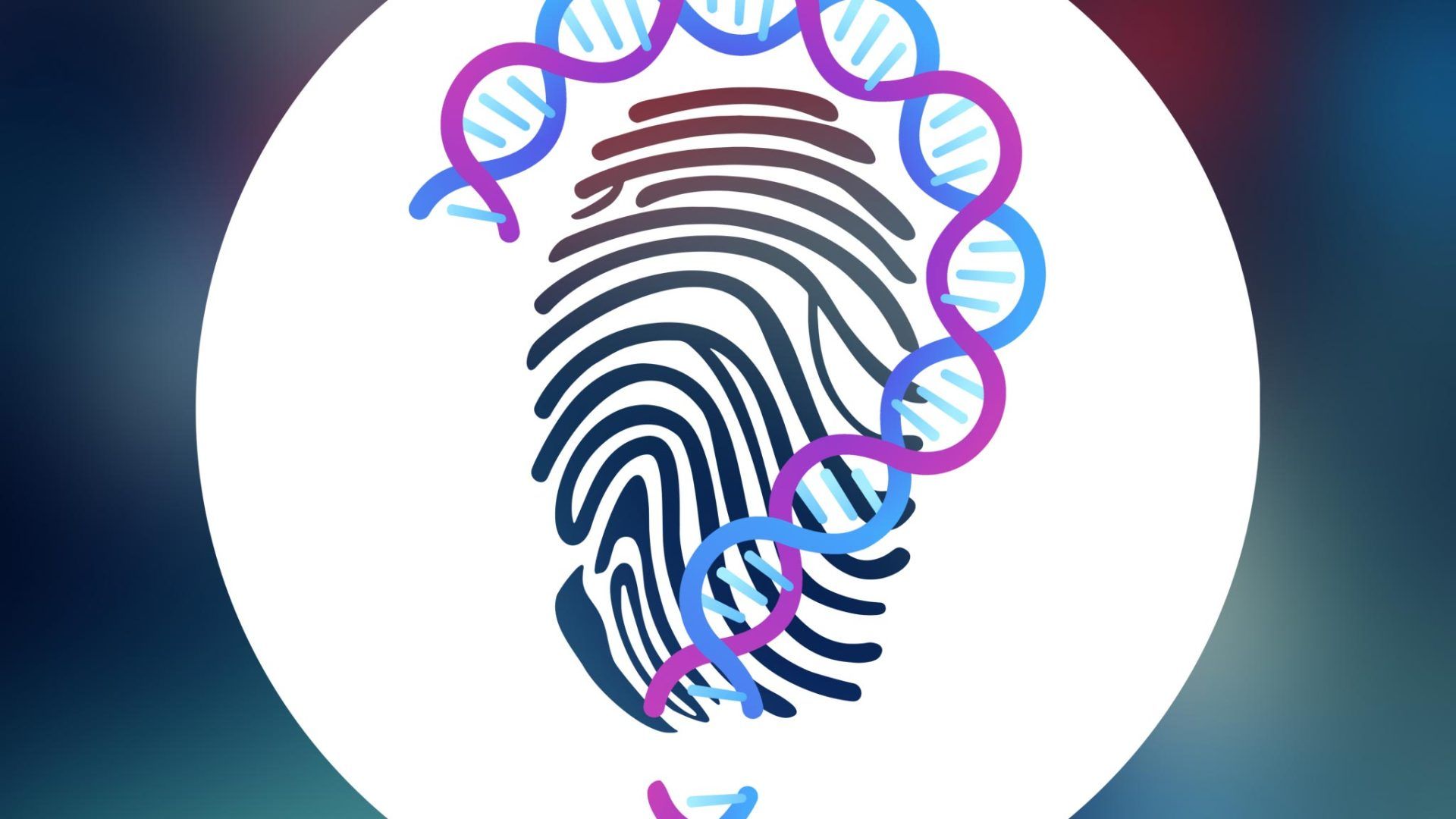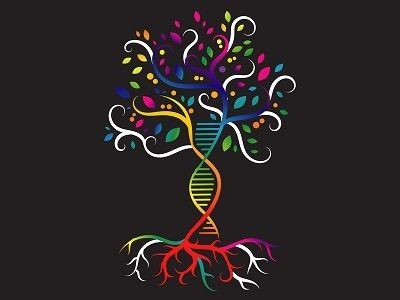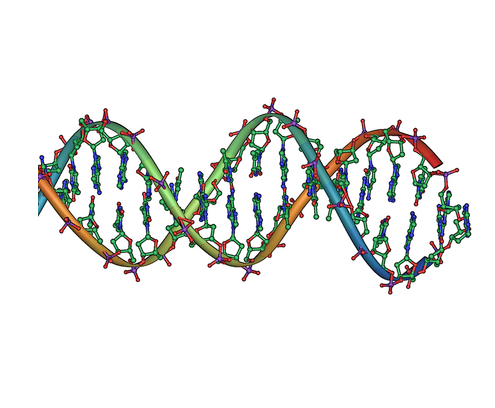Utilizing DNA Evidence Decades after Pitchfork
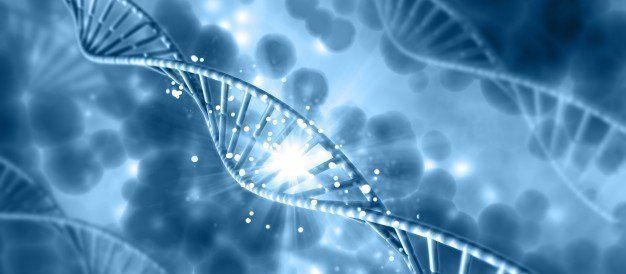
The news that convicted murderer Colin Pitchfork was denied parole was shocking. Not that he was denied, but that he was still alive. Certainly, the first case in history that utilized DNA evidence in a forensic context had to be a very long time ago. In truth, Pitchfork was put away 28 years ago. Back then, there wasn’t a single offender DNA database in the world. Now, they are standard in over 50 countries and expanding almost on a daily basis. We’ve gone through RFLP, Castro and the admissibility wars, Budowle and Lander and Nature Magazine , NRC I (and II), Dotson and Bloodsworth, and Simpson. We are even looking at the reality of performing DNA analysis in 90 minutes in police stations. DNA databases have been used to help convict Lonnie Franklin Jr., known as the Grim Sleeper, using familial testing, and have also been used to exonerate 300 innocent people and counting in the US alone. On this odd recognition of the Pitchfork conviction, it’s important to realize that the changes brought about by the integration of DNA technology into the world’s criminal justice systems have been systemic. Statutes of limitations have been altered and even eliminated to allow for more exonerations and to crack cold cases. The passage of legislation to create DNA databases has created one of our more effective crime fighting tools. But, the broadest impact of DNA technology has been conceptual. What started as a better piece of evidence has become a better understanding of the weaknesses in our system. Our concepts of quality forensic science, reliable evidence and trustworthy convictions have changed dramatically. Ultimately, that’s a very good change. I would even argue that our sense of responsibility to that system has changed. We can do more to protect the wrongly accused and the innocent victim, therefore we have the responsibility to do more. While original claims of DNA-based exonerations were met with skepticism and automatic objection, prosecutors now take a more thoughtful approach. But, while we should appreciate the relative lightening-like speed with which we have leveraged the benefits of DNA in a criminal justice system designed to move slowly, we should also recognize how far we have to go. Four hundred thousand untested rape kits nationwide? Seriously? It shouldn’t be news that the Grim Sleeper was convicted with familial DNA analysis. It should be standard operating procedure. Somewhat ironically I’ve spent the week in Manila, the Philippines with forensic DNA pioneer George Sensabaugh speaking to law and forensic science students about the impact that DNA has had on criminal justice systems since its introduction. In other words, none of my audience was alive for the Pitchfork conviction, and many weren’t even around when O.J. Simpson was declared not guilty. As I looked at the picture of Pitchfork on my PowerPoint slide, and talked about all the future applications of DNA technology that were contained in that one case, it struck me that our next responsibility is to keep the next generation of forensic scientists, prosecutors and defense attorneys inspired. Newness and novelty were great motivators for the scientists and attorneys responsible for DNA’s seismic impact over the last two decades. But DNA has been around long enough now for Colin pitchfork to qualify for, and be denied, parole. As a new generation of scientists and lawyers integrate into criminal justice systems throughout the world, it’s important to ensure that they are not just good scientists and lawyers. As emphasized at our conference in Manila, “science in the service of society,” must remain the core message of our educational efforts.
SOURCE:
ForensicsMag


